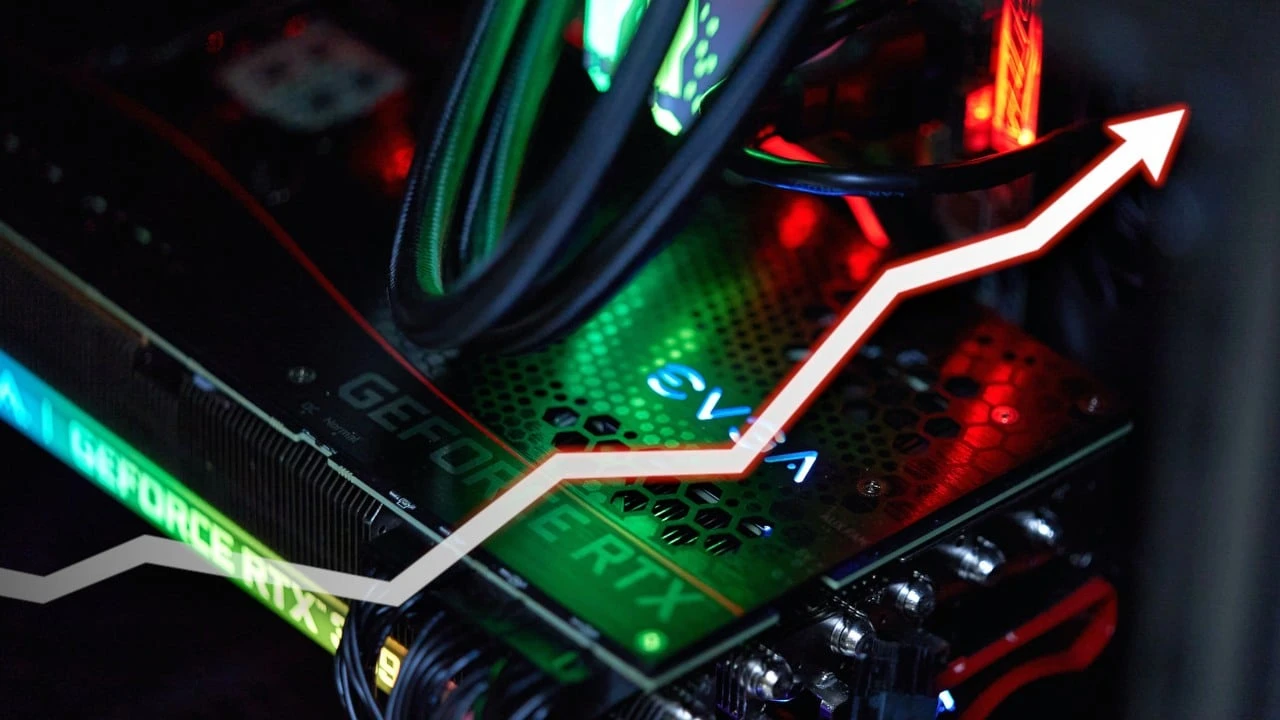Yet again, we see the empty promises of the Trump administration unraveling before our very eyes! "Drill, Baby, Drill" was the chant that echoed through the halls of power, but where are the new rigs? The White House's misguided oil-first strategy is crumbling as clean energy emerges as the smarter, more cost-effective choice. It's infuriating to watch our leaders cling to outdated ideas while ignoring the real solution staring us in the face. We need to stop the blind pursuit of fossil fuels and embrace renewable energy NOW! Enough is enough!
#CleanEnergy #DrillBabyDrill #ClimateCrisis #RenewableEnergy #TrumpAdministration
#CleanEnergy #DrillBabyDrill #ClimateCrisis #RenewableEnergy #TrumpAdministration
Yet again, we see the empty promises of the Trump administration unraveling before our very eyes! "Drill, Baby, Drill" was the chant that echoed through the halls of power, but where are the new rigs? The White House's misguided oil-first strategy is crumbling as clean energy emerges as the smarter, more cost-effective choice. It's infuriating to watch our leaders cling to outdated ideas while ignoring the real solution staring us in the face. We need to stop the blind pursuit of fossil fuels and embrace renewable energy NOW! Enough is enough!
#CleanEnergy #DrillBabyDrill #ClimateCrisis #RenewableEnergy #TrumpAdministration










